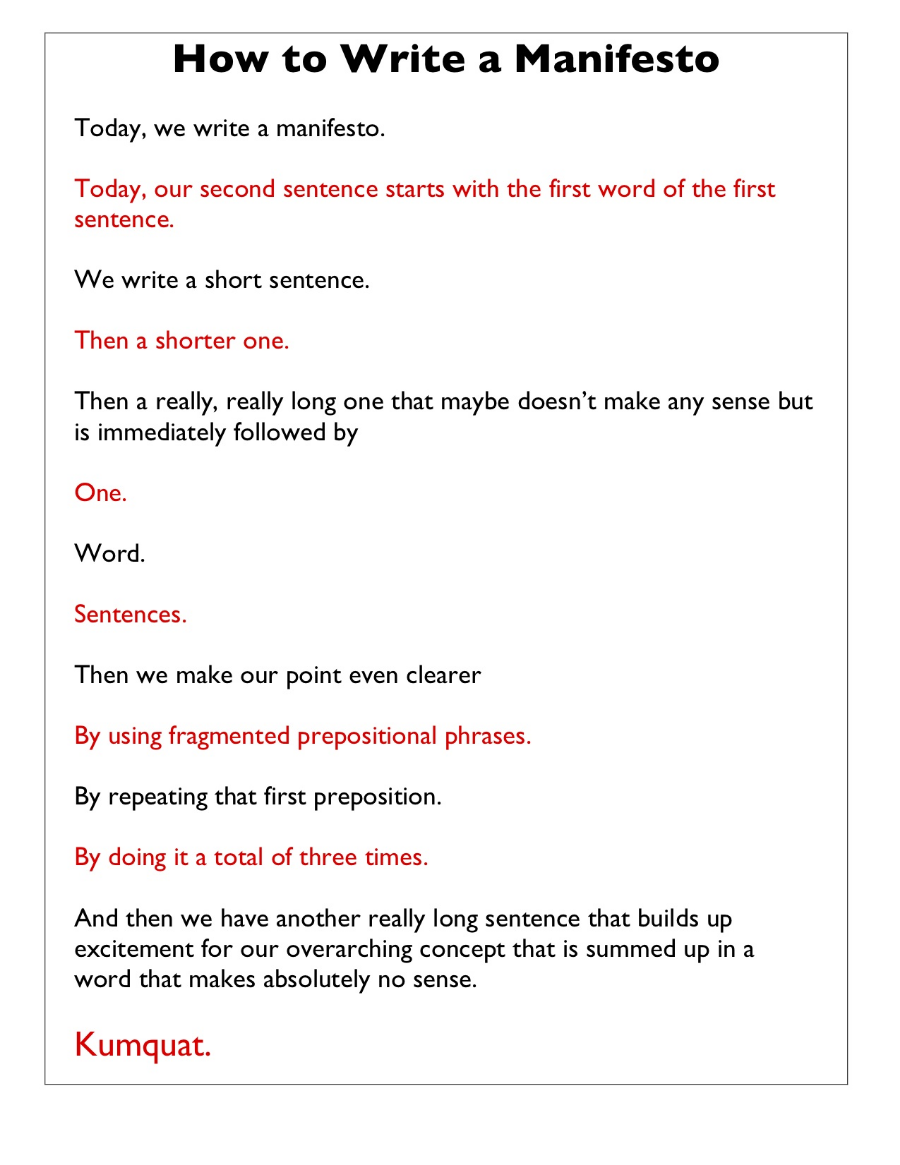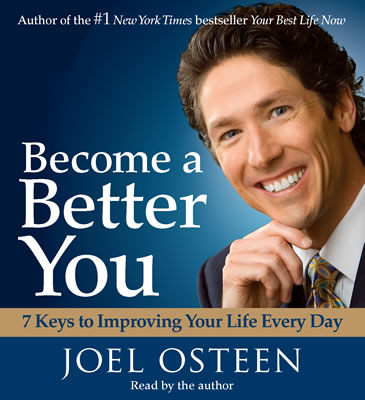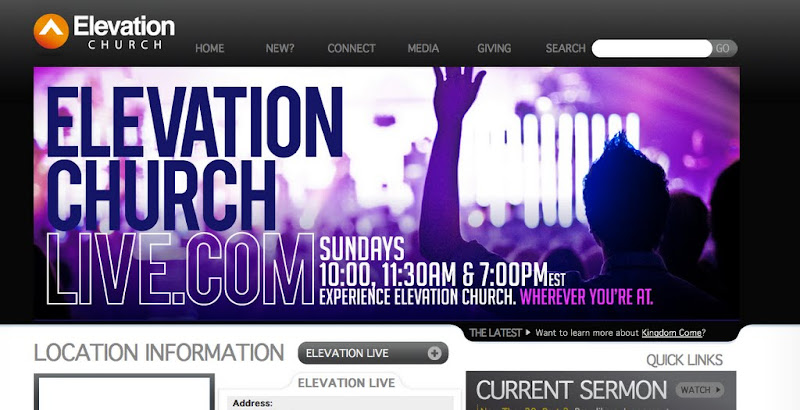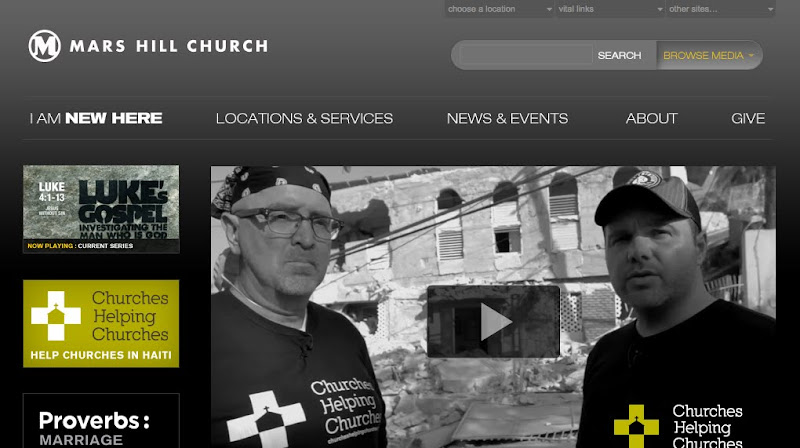One day, when I start a cult, plant a megachurch, or attempt to take over the world, I will write a manifesto. It will look like this.

From Kim Mok copy writing.
One day, when I start a cult, plant a megachurch, or attempt to take over the world, I will write a manifesto. It will look like this.

From Kim Mok copy writing.
If you’ve been putting together your business plan… ministry strategy… vision statement… prayer letter in preparation for planting your megachurch, but you’re still stuck on finding a catchy name… then here’s a list of 129 to choose from. Coupled with this guide to picking a ministry job title, and this list of ten tips for planting a megachurch you should have no troubles getting from 0 to 10,000 in six weeks.
The list of titles comes from Mount Gambier Presbyterian Church’s Gary Ware – who needs a punchier name for his church… I think “Mustard Seed Presbyterian” – because they have the faith to move a mountain.
I have no plans to plant a megachurch. Imagine the administration hassles. But I am an armchair megachurch planter. And here are my ten steps based on my observations. I have studied (some might say rigorously) five different megachurches at various stages of the developmental process – form megachurch megastar Joel Osteen to the New Calvinism’s Mark Driscoll. Lest you be concerned, the essential steps to growing your megachurch (based on my observations and my list), don’t seem to require any mention of Jesus.








If you’re not a good looking guy with an equally (or slightly better looking) wife then you should resign yourself to just running an ordinary church. If you are good looking then here are the rest of the steps…





You can gain megachurch style points by having your own personal website too. You get extra points if your own website outranks your church website when searching for your name, but lose points if the .com version of your name belongs to someone else (I’m looking at you Mark Driscoll, and you Brian Houston).


If at first you don’t succeed – Pull up stumps, blame God (or the Devil), reassess your marketing strategy and go back to step 3. Unless you decide that you aren’t actually really, really, ridiculously good looking. But even then there’s hope. You just have to wait until you’re old and austere.
That’s surely what you get when you sit on an uncomfortable seat in a megachurch? No?
I really am scraping the bottom of the title barrel in general… but I do like to think of megachurches as a massive prehistoric beast perambulating through Christendom munching on smaller churches and smashing established denominations with the sweep of a spiky Godzilla like tale (sic – that’s to show that was a clever pun for you pedants out there). But maybe that’s just me.
Anyway, Danderson (which is the result I chose from Namemasher for “Dan Anderson”) has posted a thoughtful piece on megachurches and why they exist.
You should most certainly check out the whole post. But I like this passage.
Frankly, people can’t exist without believing in something bigger than themselves. Even hard-core reductionist-materialist-Atheists become quasi-religious about their position given opportunity. Anything, or anyone, who can offer and deliver an experience that lifts us beyond the limits of the normal, and particularly any thing that challenges the dominant materialism of our cultural discourse will be a winner.
Mega-churches are winners because they have generally offered either Big Sound, Big Gestures, or Big Words – but most important: a Big Narrative.
Of course, the decline of Church, has been paralleled by the rise of alternative places to get these experiences. Mega-churches exist (partially at least) because they need to compete in a more densely contested marketplace. There are far more people at the Cinema and the Sports Stadium on any given weekend than in churches (and more than ever if you can unite a Big Sporting contest with a Big Narrative like that provided by Anzac Day).